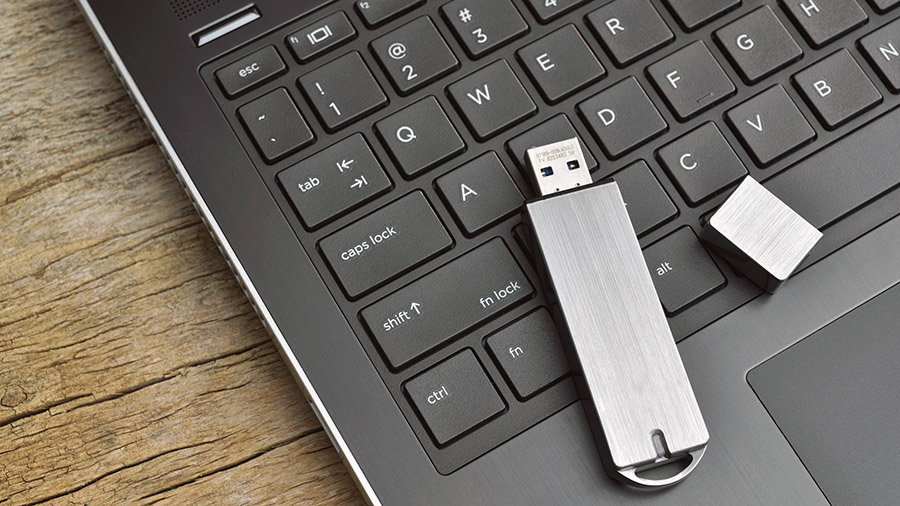Why Won’t Windows 10 Install From A USB Drive?
Experiencing difficulties while installing Windows 10 from a USB can be frustrating, especially if you’re unfamiliar with the technicalities of software installation. This guide will explore common reasons why Windows 10 may fail to install from USB and provide step-by-step solutions to resolve these issues effectively.
Understanding the Installation Process
The Windows 10 installation via USB should be straightforward—insert a USB drive with the official Windows ISO files and follow the prompts. However, if you encounter installation failures, it could be due to various factors ranging from hardware compatibility to software settings.

Common Problems and How to Fix Them:
Bootable USB Error
Symptom: The system does not recognize the USB as a bootable device.
Solution: Ensure the USB is correctly formatted as bootable. Tools like the Microsoft Media Creation Tool can be used to properly set up the USB.
BIOS Settings
Symptom: The computer doesn’t recognize USB devices at boot.
Solution: Access BIOS settings by pressing F2, F10, F12, or Delete during startup. Enable the option to boot from USB, often found under “Boot Order” or “Advanced Settings.”
Unsupported USB Format
Symptom: The USB format is incompatible with your computer’s boot mode.
Solution: For UEFI systems, ensure the USB is formatted to FAT32, not NTFS. Reformat the USB if necessary.
Incorrect BIOS Configuration on EFI/UEFI Systems
Symptom: Settings in EFI/UEFI interfere with boot operations.
Solution: Configure the EFI/UEFI settings to prioritize USB boot under the “Boot Priority” options.
Insufficient Disk Space
Symptom: Error messages about insufficient space during installation.
Solution: Free up space by uninstalling unused applications or moving files to external storage. At least 20GB of free space is recommended for the 64-bit version of Windows 10.
Corrupted ISO Image
Symptom: Installation stops or errors out, indicating file corruption.
Solution: Redownload the ISO file from Microsoft and recreate the bootable USB.
Incompatible or Outdated Hardware
Symptom: Installation fails or is extremely slow.
Solution: Verify that your computer meets the minimum system requirements for Windows 10. Consider hardware upgrades if your system is close to these limits.
Faulty USB Port
Symptom: The USB device is not recognized.
Solution: Try a different USB port or check Device Manager for driver issues. Reactivate USB ports that may have been disabled to save power.
Step-by-Step Guide to Fixing Installation Issues:
Prepare the USB Drive
Format the USB drive to FAT32 using a tool like Rufus for UEFI compatibility.
Use official tools like the Windows Media Creation Tool to ensure the USB drive is properly set up as bootable.
Configure BIOS/UEFI Settings
Enter BIOS/UEFI settings as your computer boots.
Adjust the boot order to prioritize USB devices.
Ensure that secure boot and fast boot options are adjusted as needed to allow USB booting.
Ensure Sufficient Storage
Check the available storage on your primary drive.
Use built-in cleanup tools like Disk Cleanup to remove unnecessary files.
Troubleshoot Hardware Limitations
Update BIOS/UEFI firmware to the latest version.
Ensure that all hardware components are functioning correctly, replacing any that are outdated or failing.
Final Checks
Verify the integrity of the ISO file.
Ensure all connections are secure and that the USB drive is not physically damaged.
Conclusion
Successfully installing Windows 10 from a USB involves ensuring both hardware and software settings are correctly configured. By following these troubleshooting steps, you can resolve most issues related to USB installation failures.
